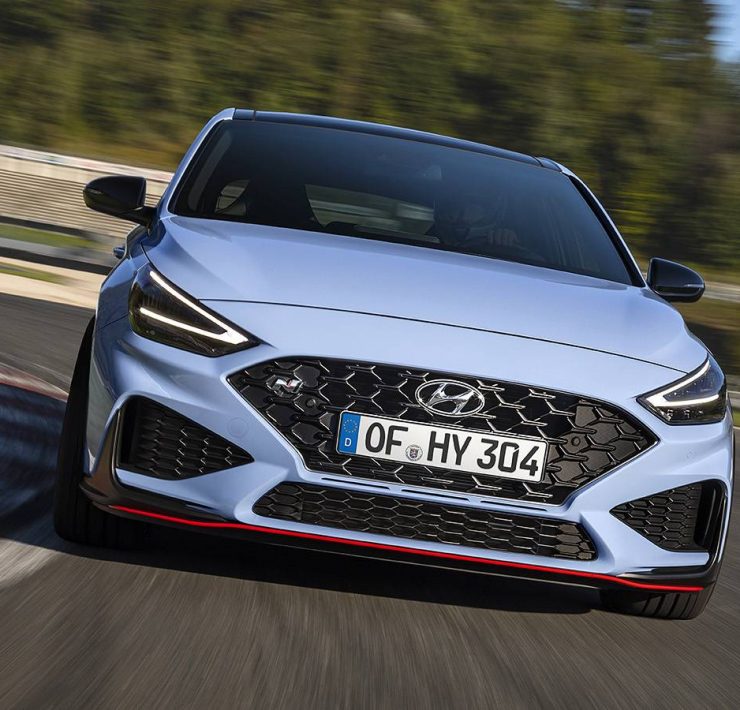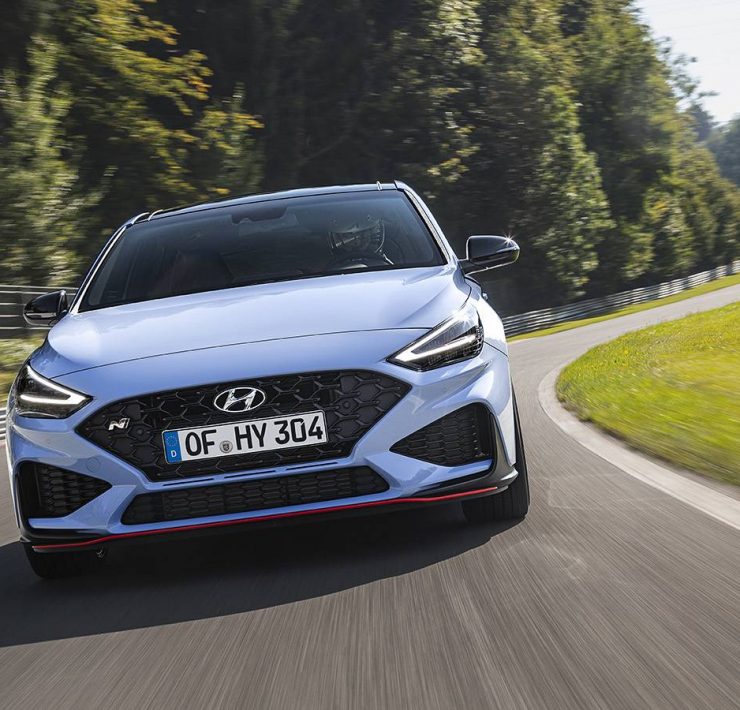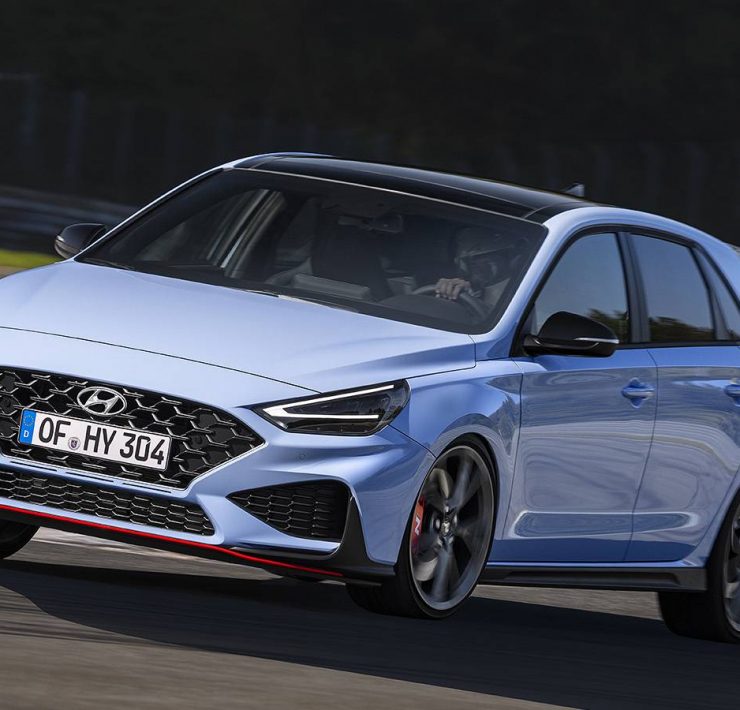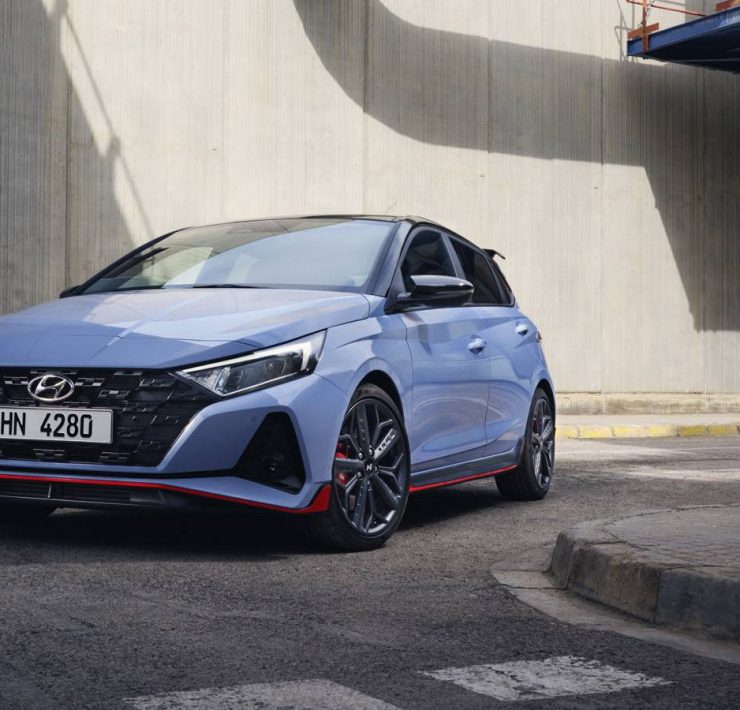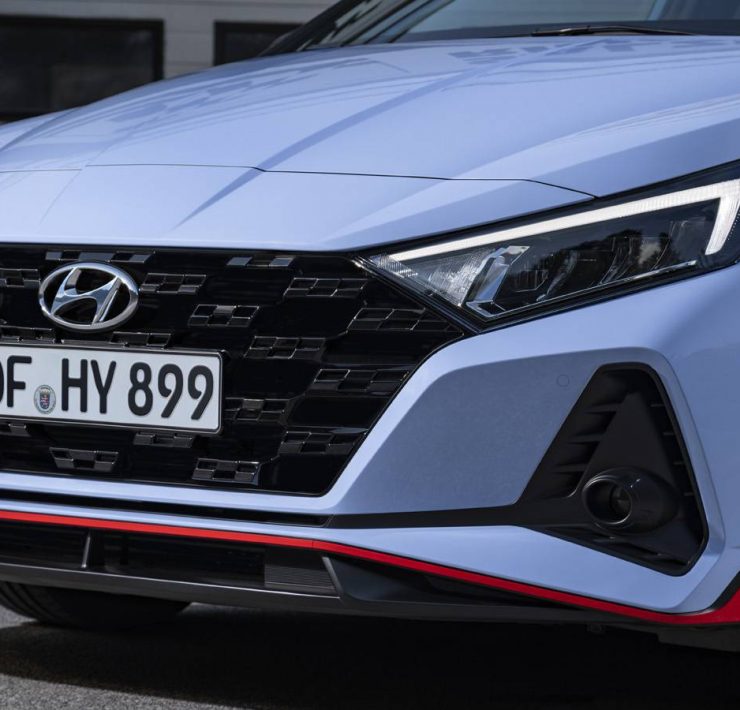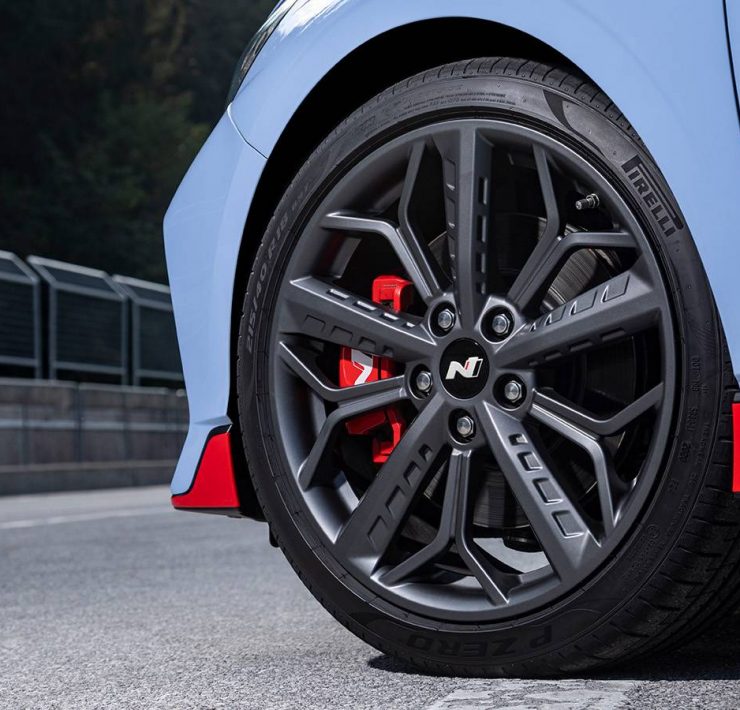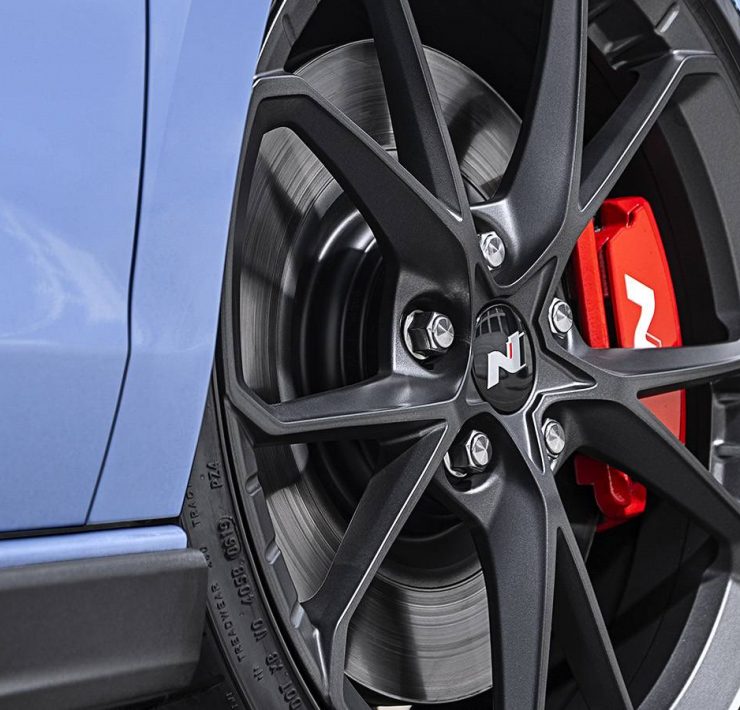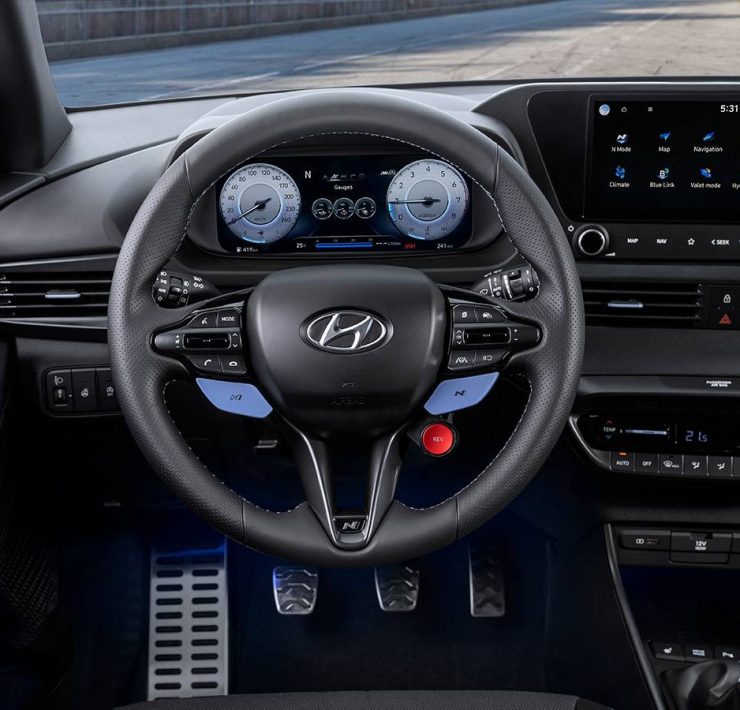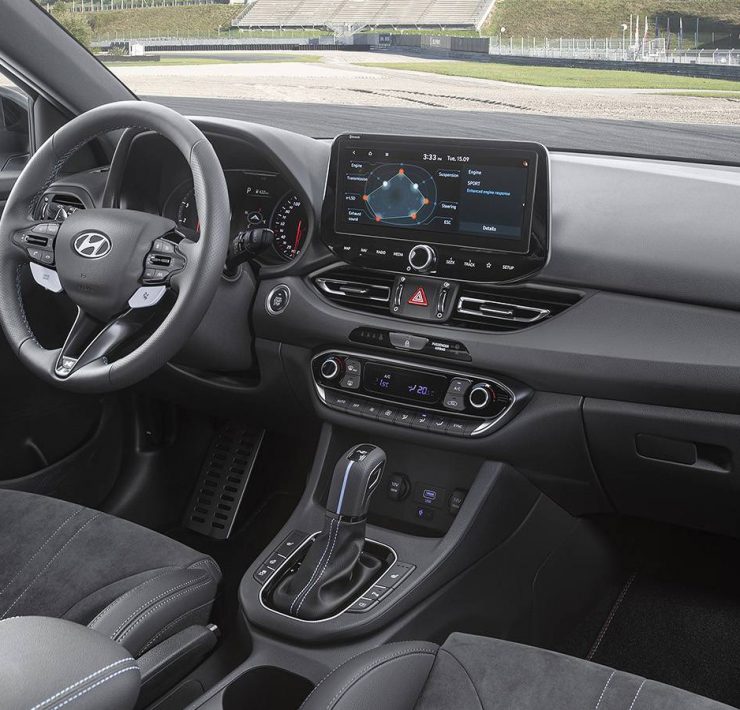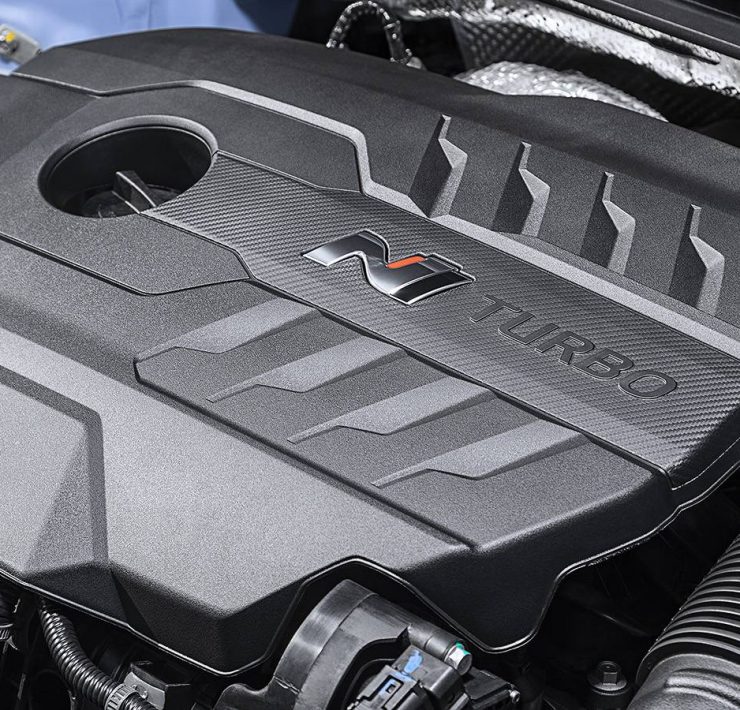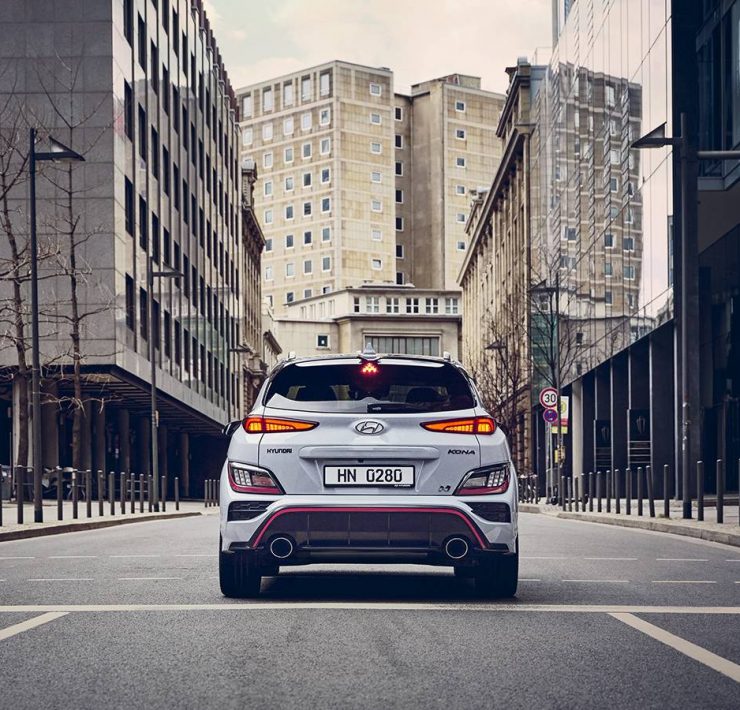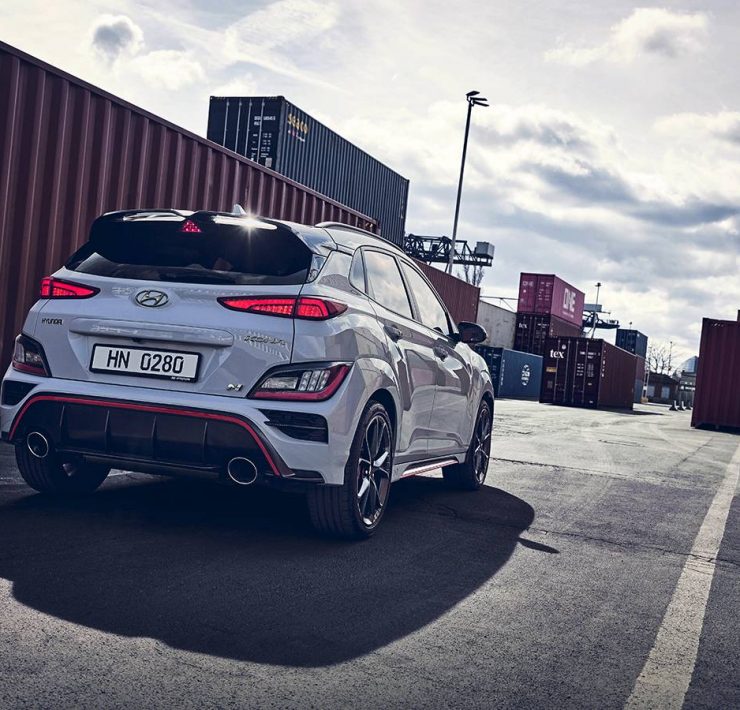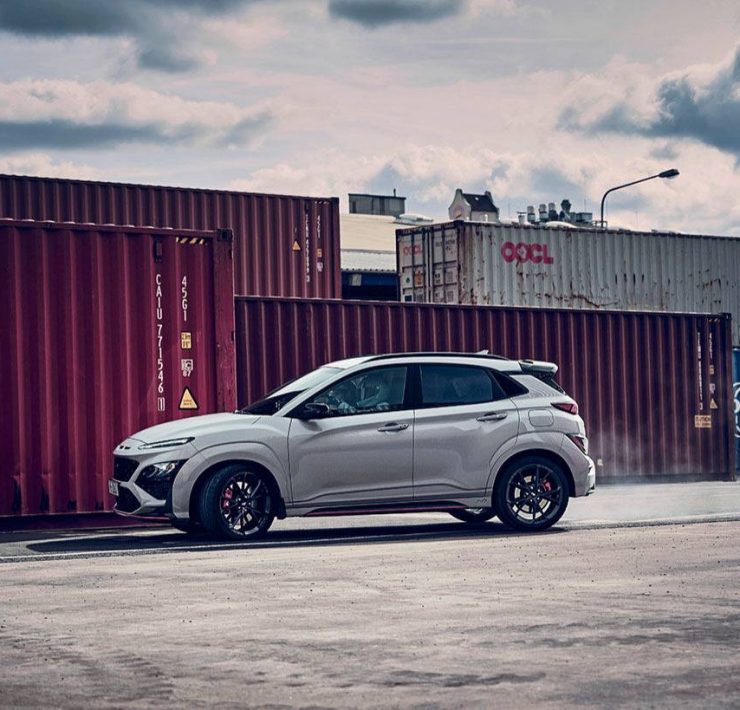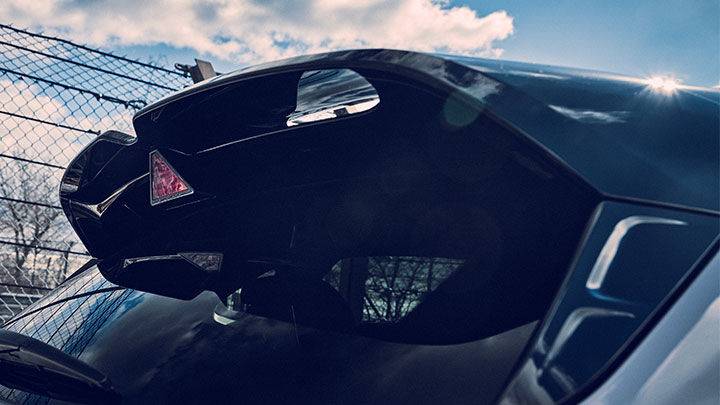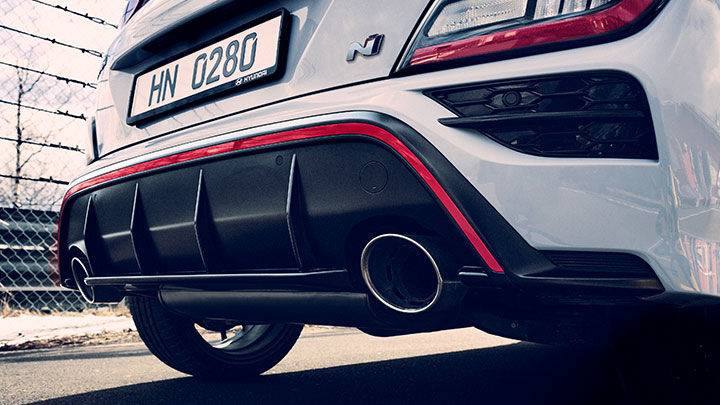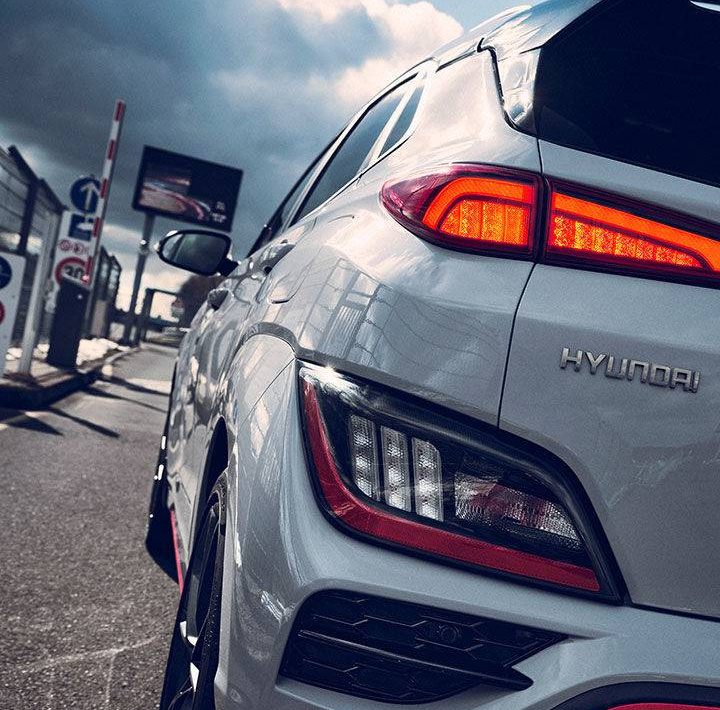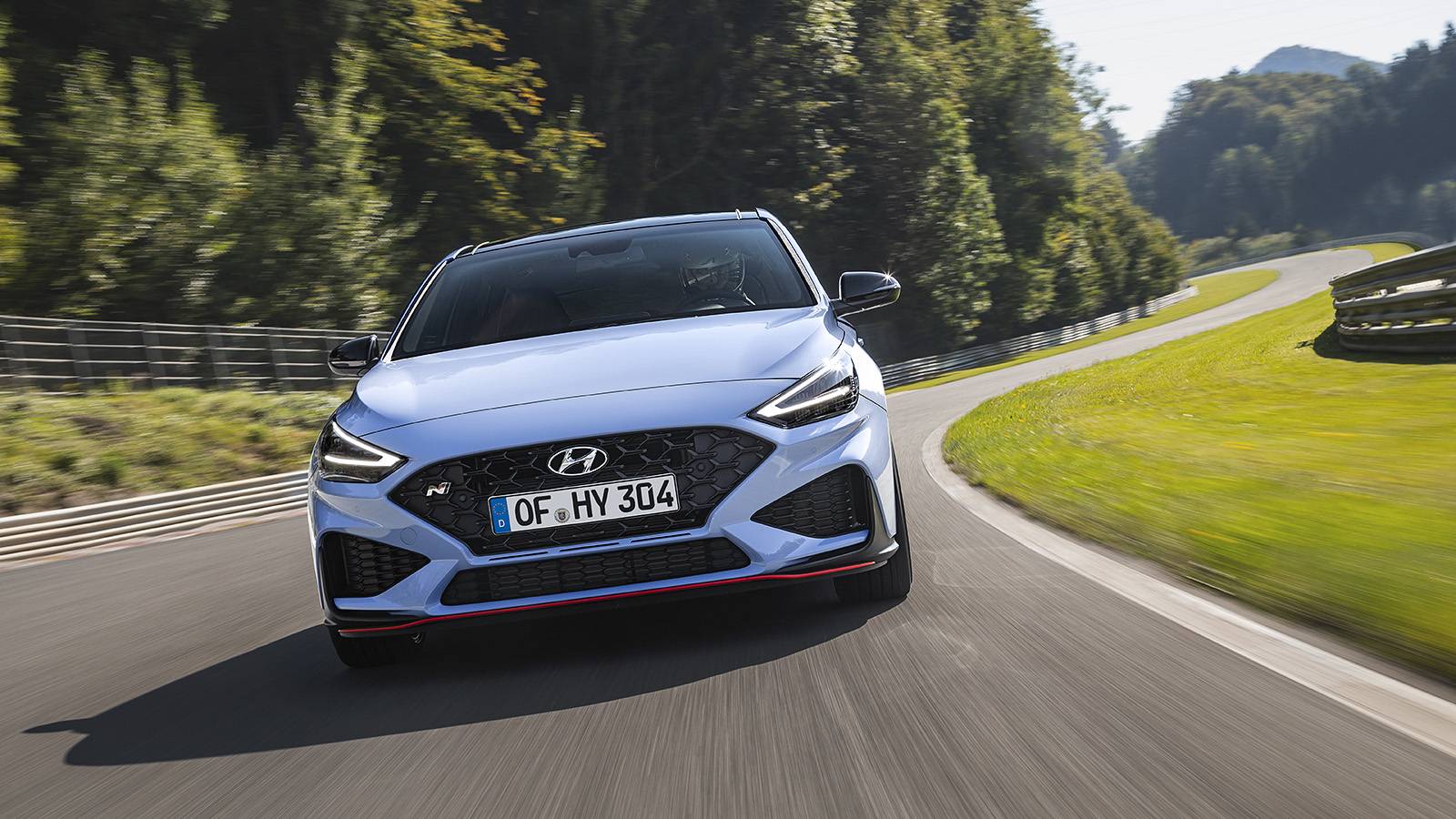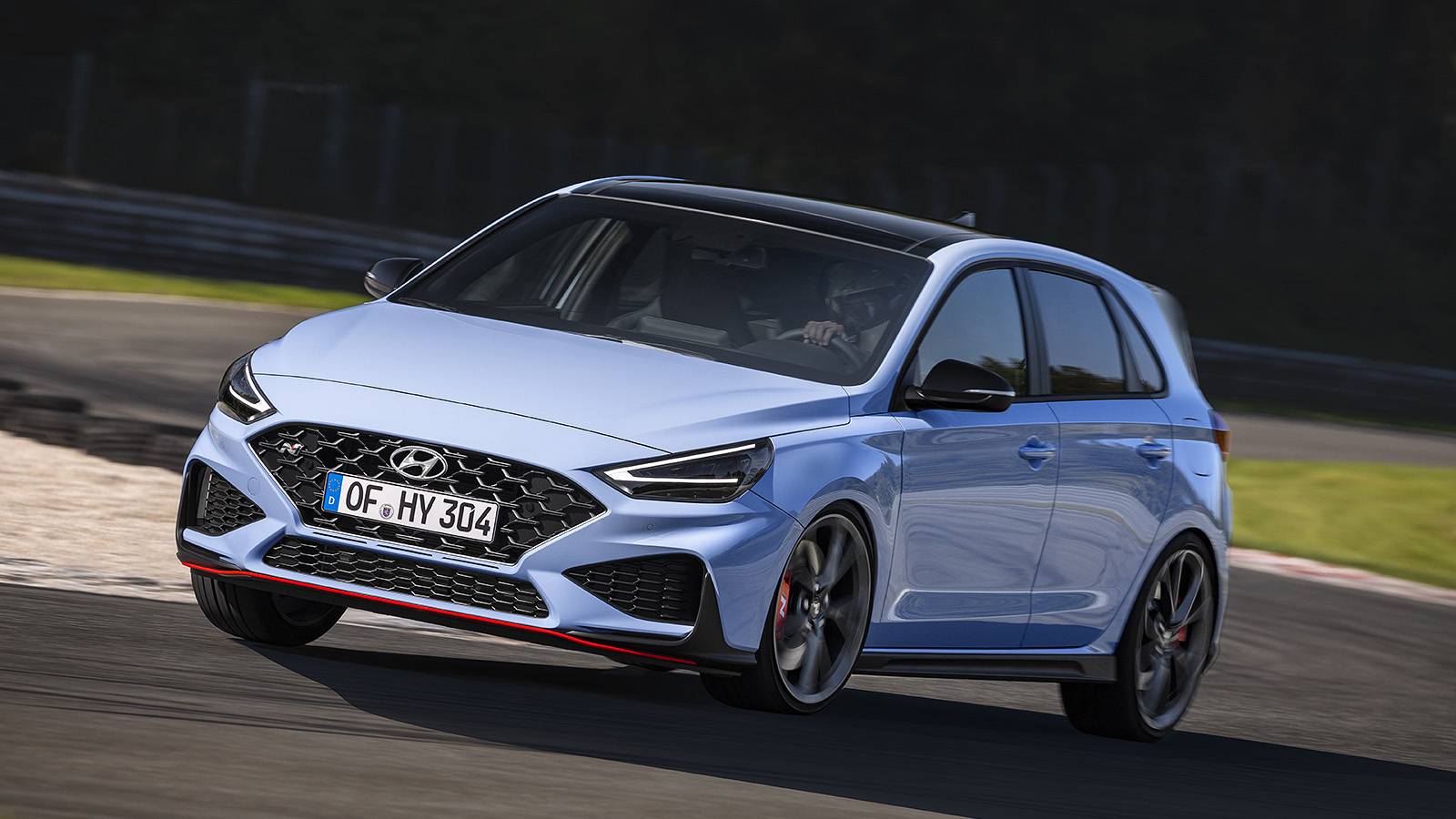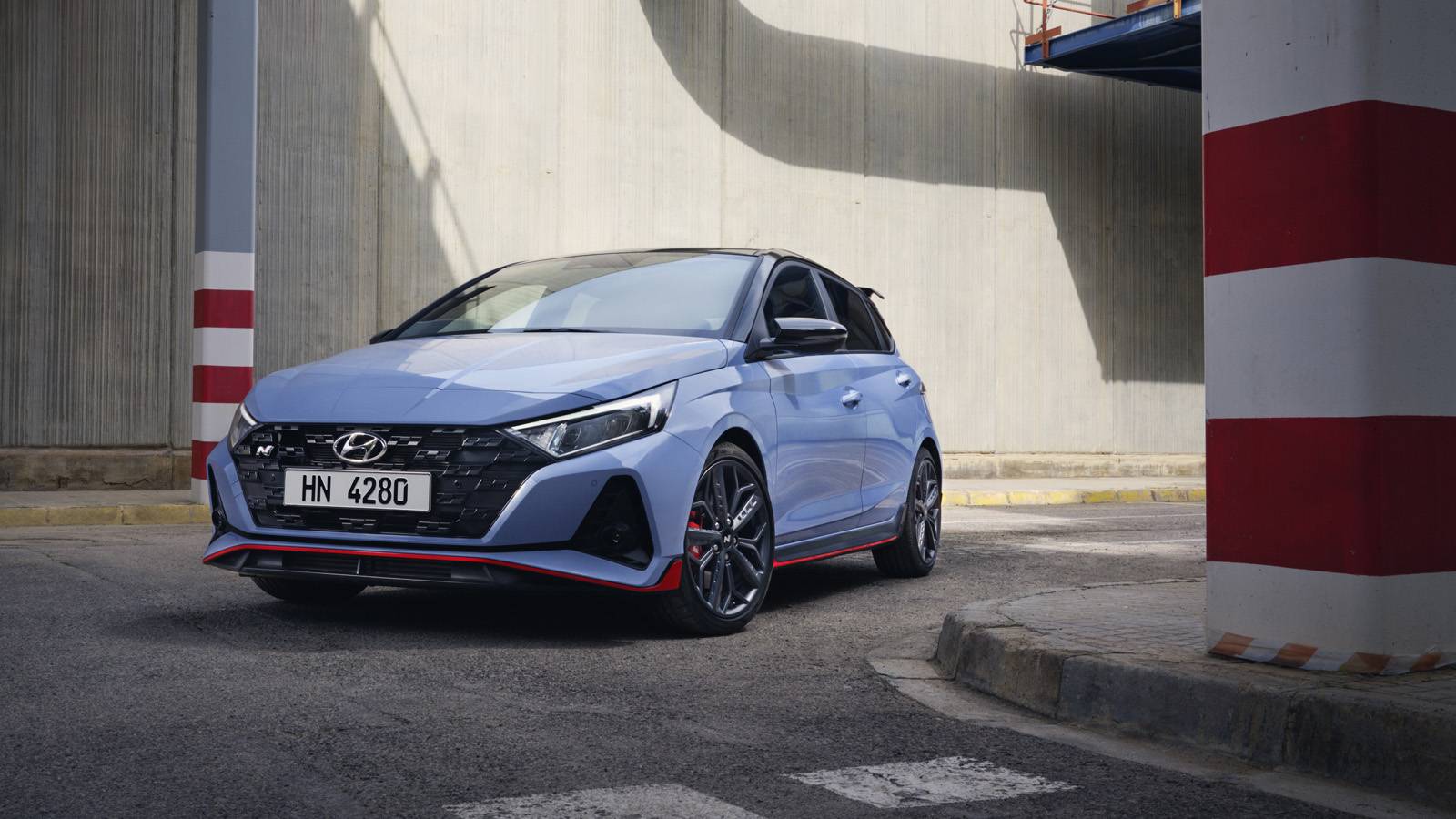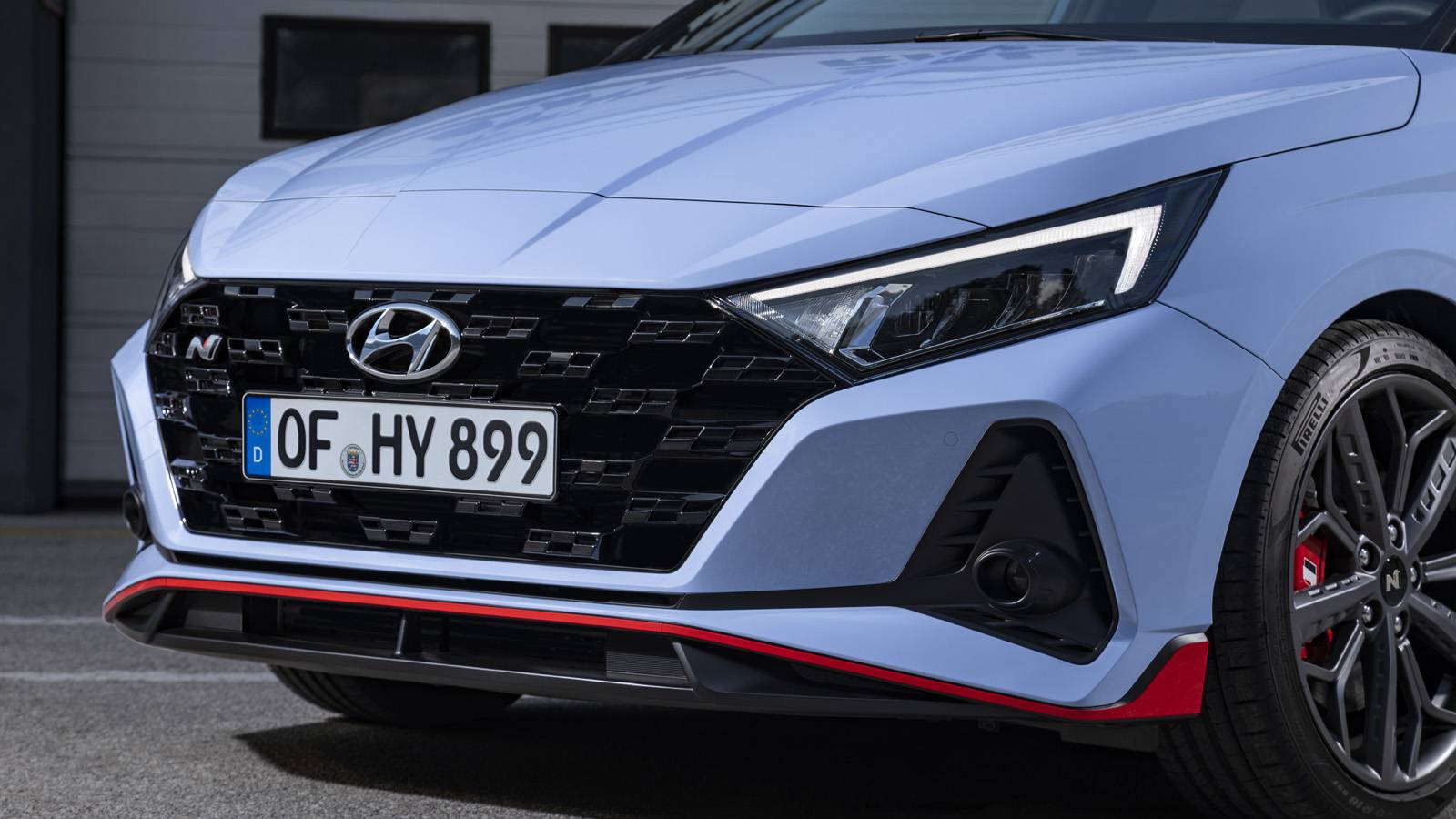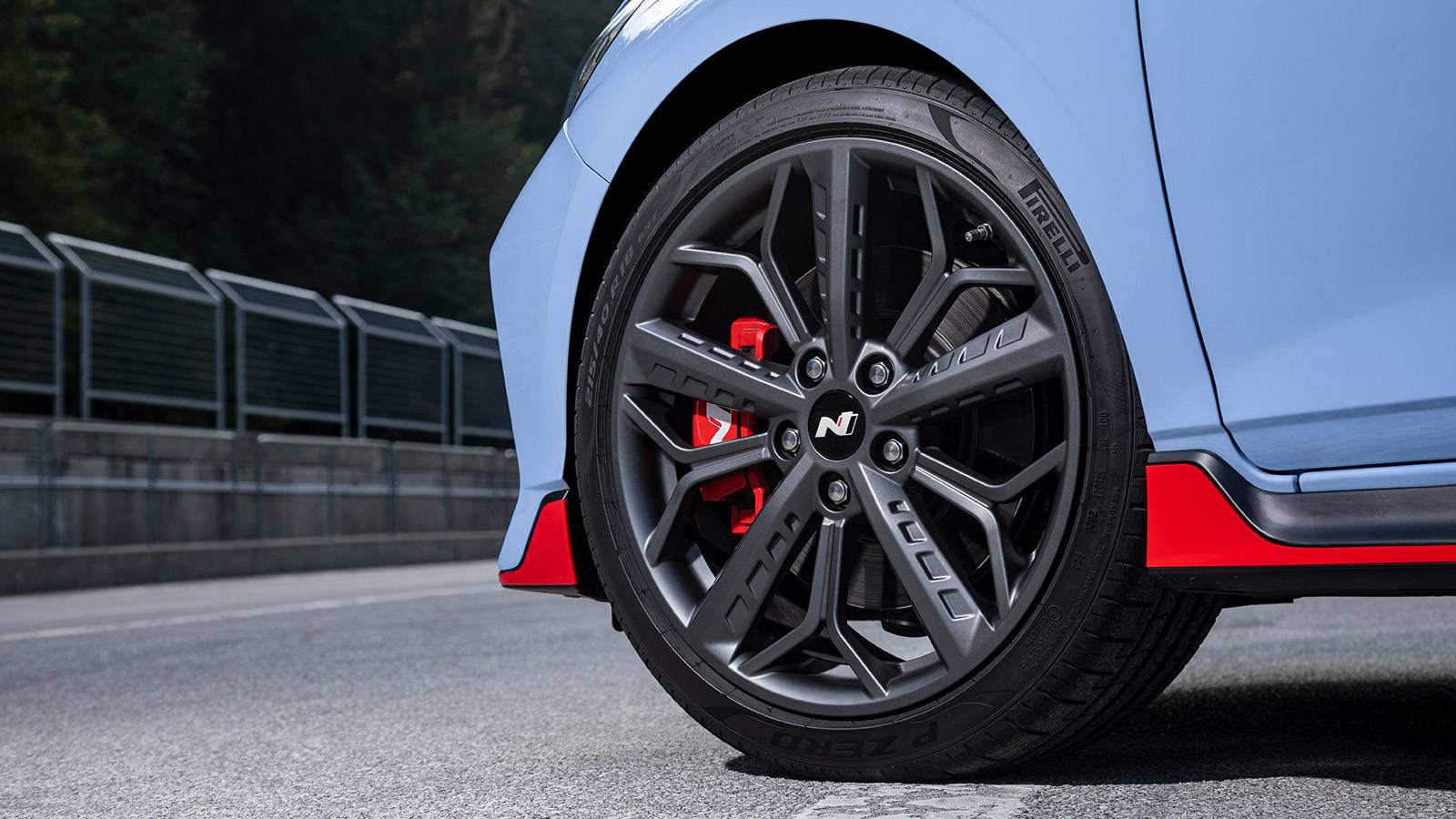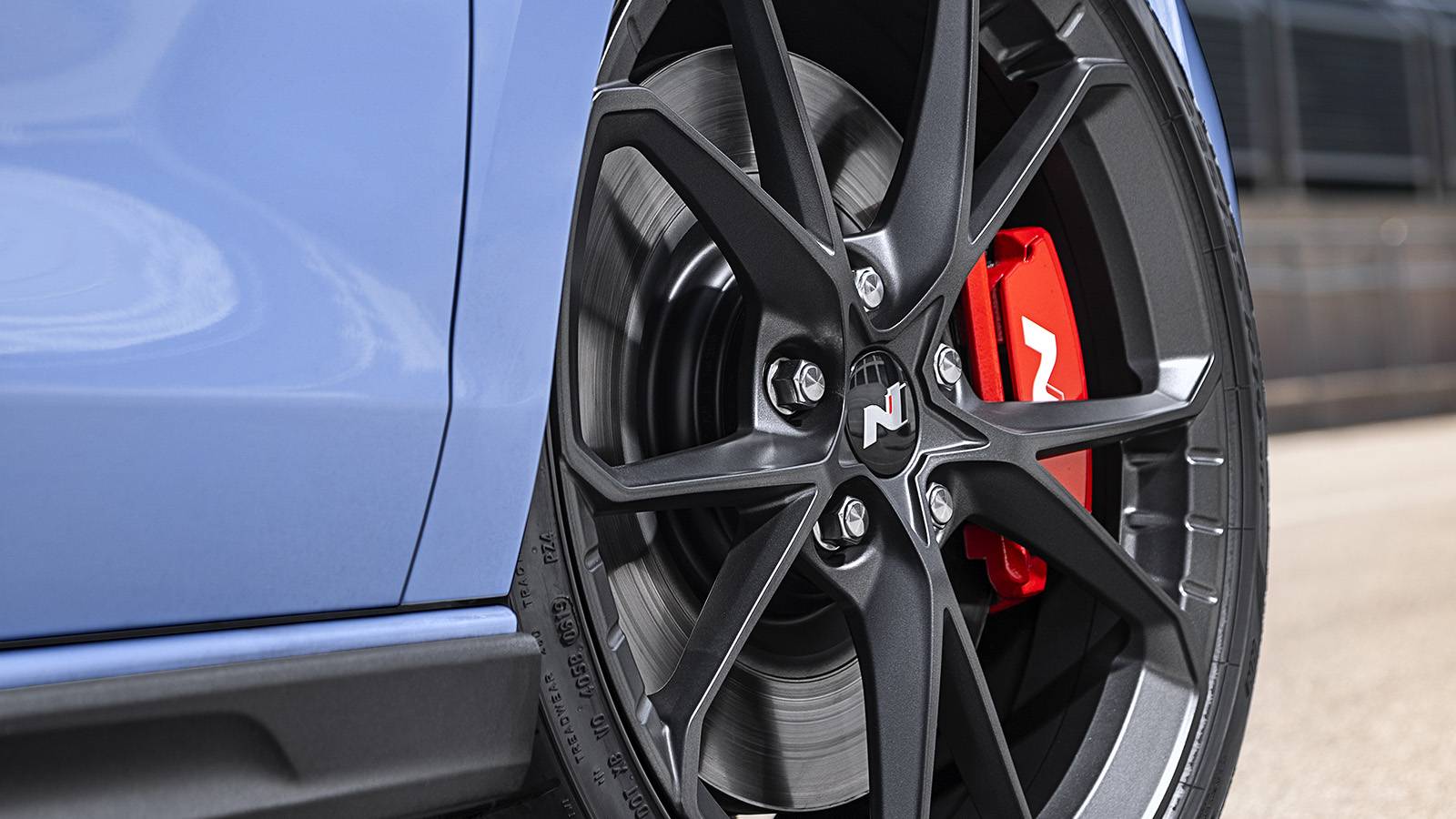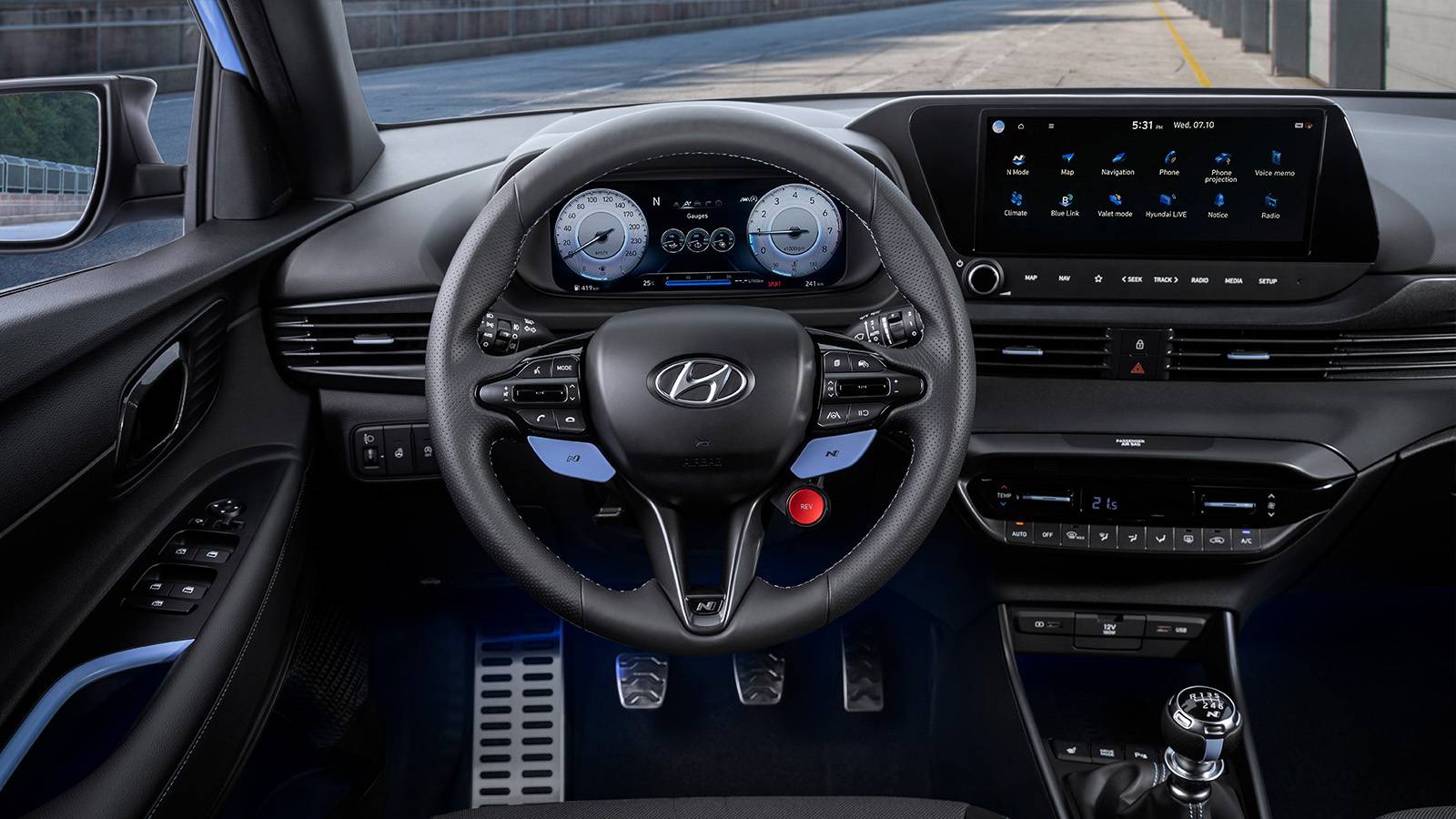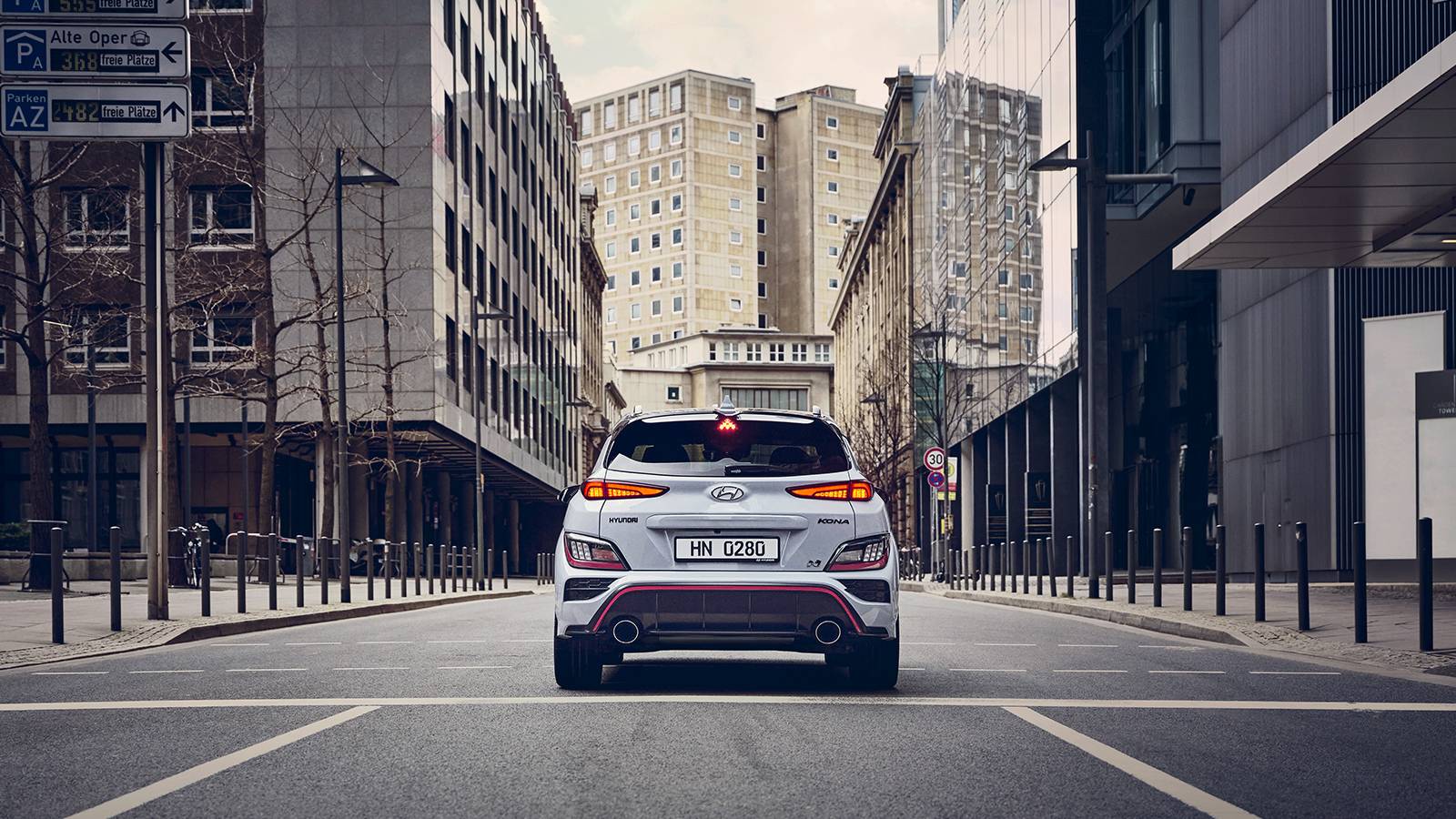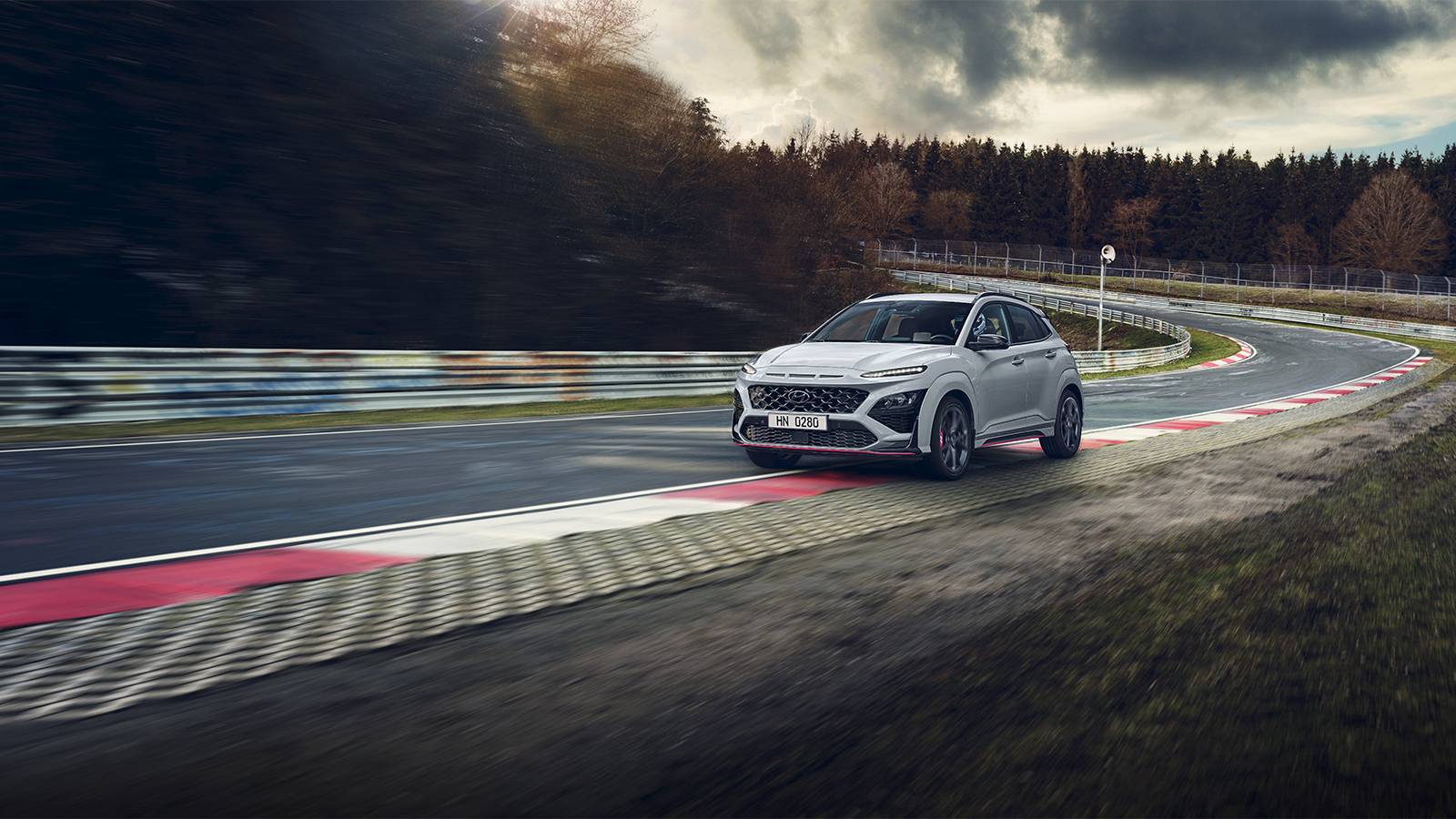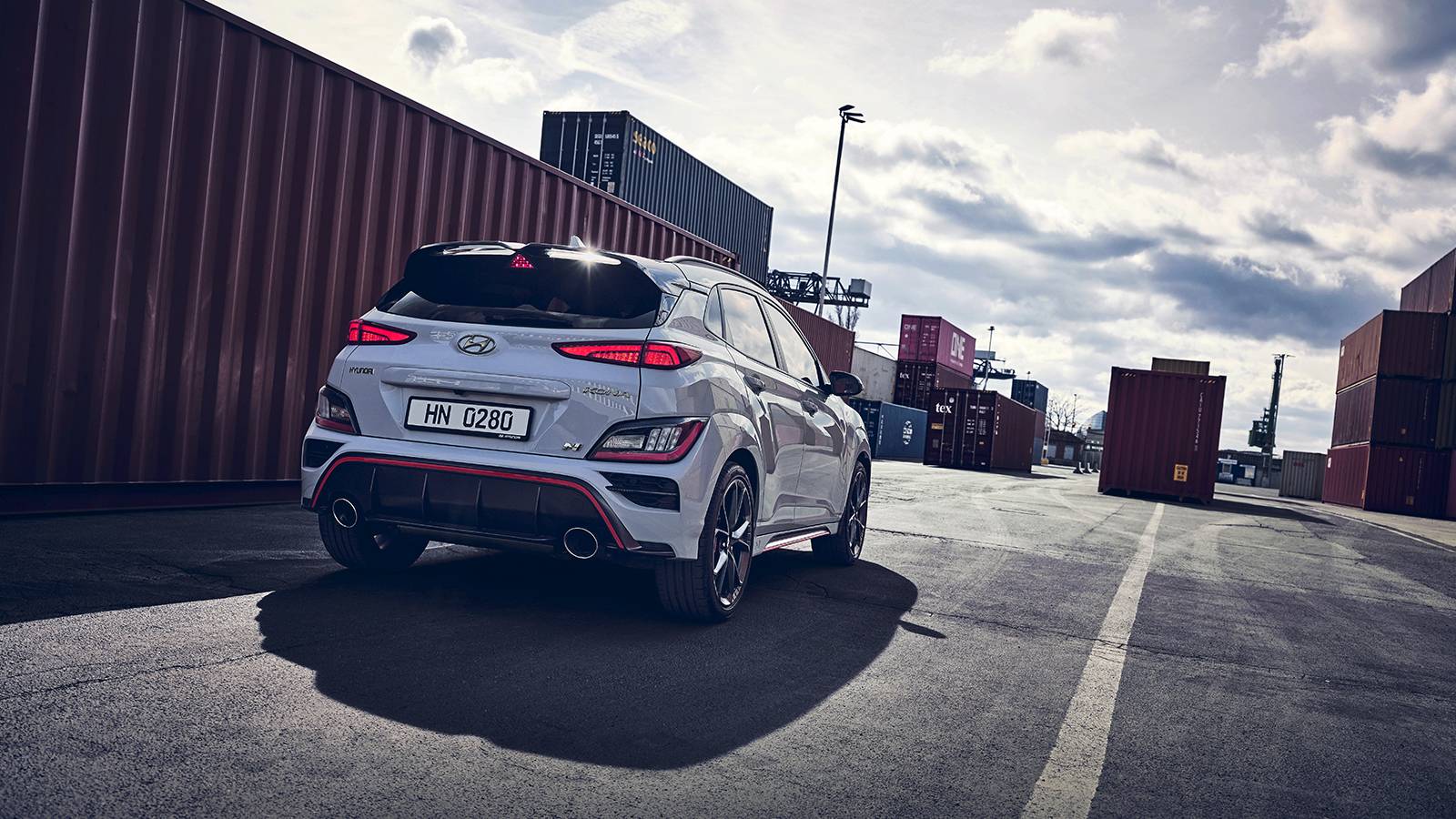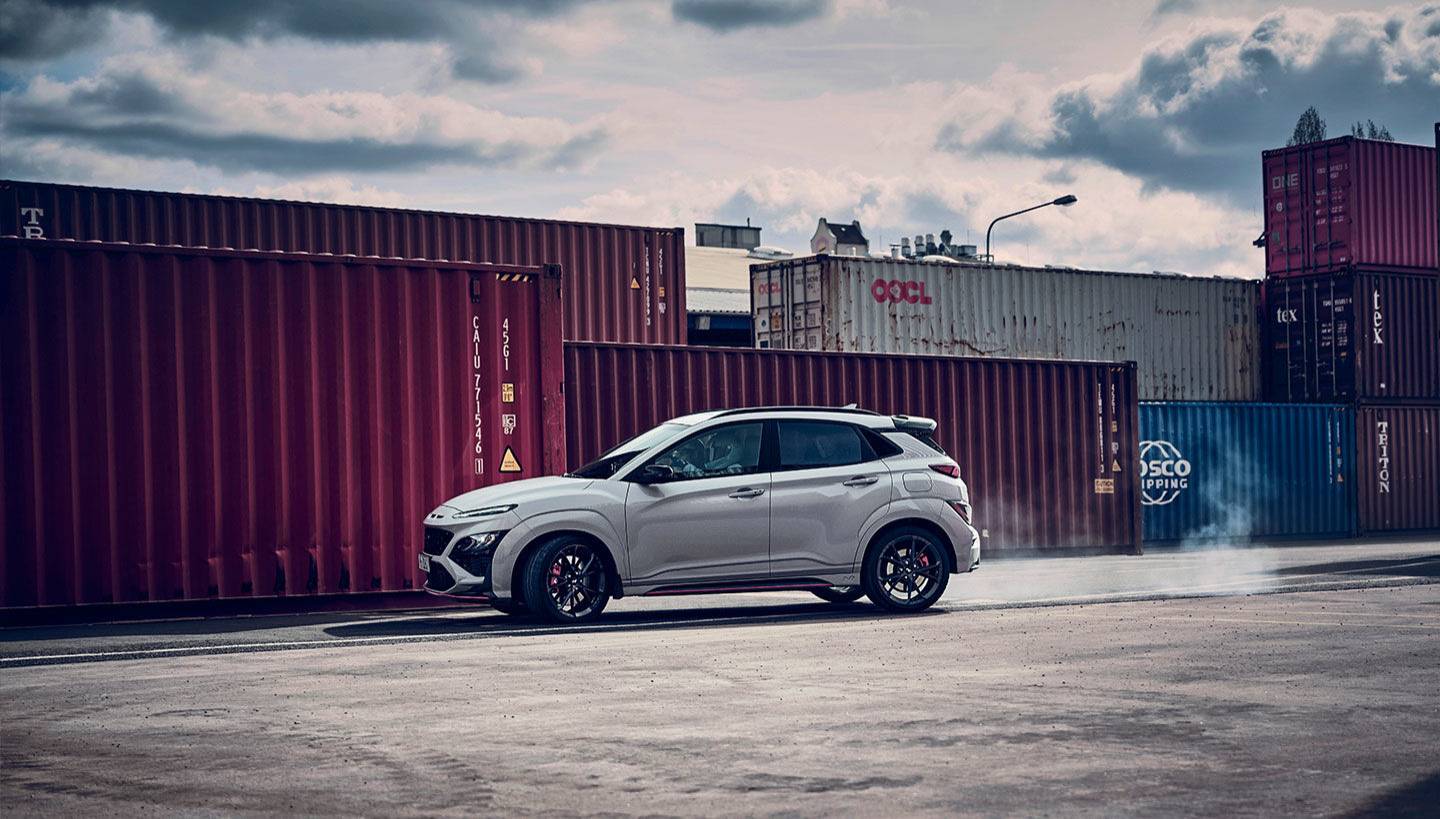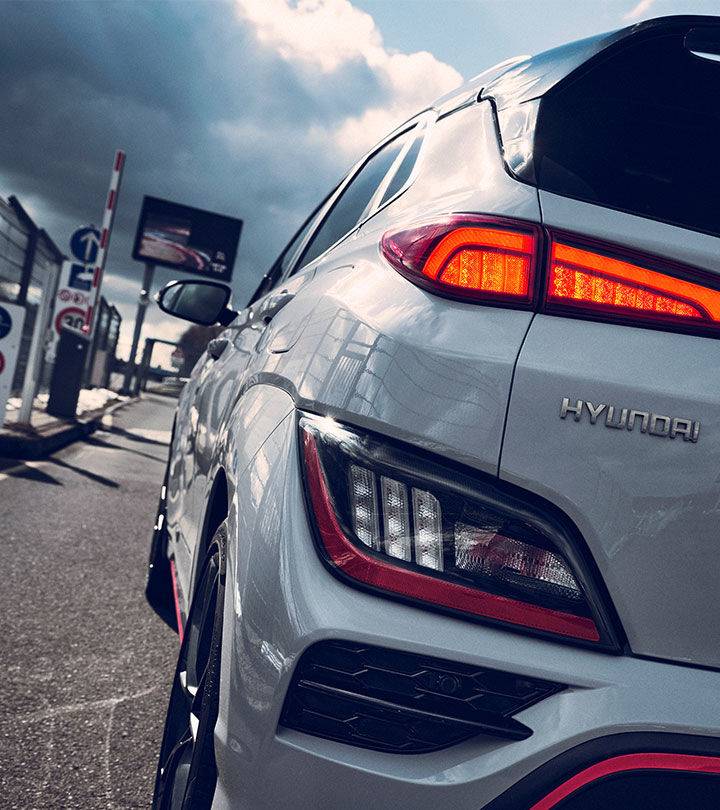Hyundai N: Blistering performance, whatever the fuel

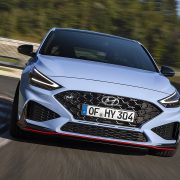


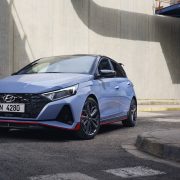 +13
+13 In the age of electrification, many would think that high-performance cars are about to go the way of the dodo.
But in the case of Hyundai Motors’ N division, this new era in mobility presents even more exciting opportunities to go fast, all while reducing or completely eliminating tailpipe emissions. In fact, the latest Hyundai i20 N Rally 1 WRC car uses a hybrid powerplant for a combined output of over 500 horsepower, harking back to the days of Group B rallying.
The Philippines will be the latest market to get Hyundai N after its official debut at the 2024 Manila International Auto Show on April 4 to 7, 2024 at the World Trade Center and SMX Convention Center in Pasay City.
The first production car that the high-performance brand will unveil locally is the Hyundai Elantra N sedan. This gets a turbocharged 2.0-liter, twin-cam, 16-valve inline-4 gasoline engine pumping out 276 horsepower and 392 Newton-meters of torque.
Although final specifications have yet to be confirmed, the Elantra N is available with either a 6-speed manual or an 8-speed dual-clutch transmission (DCT). Hyundai Motors claims that the latter gearbox allows this ferocious four-door to do 0 to 100 km/h in just 5.3 seconds and on to an electronically limited top speed of 250 km/h.
But there are other Hyundai N models available in other markets that promise to excite the driving enthusiasts among us. We take a look at the other members of this hot, new, Korean group.
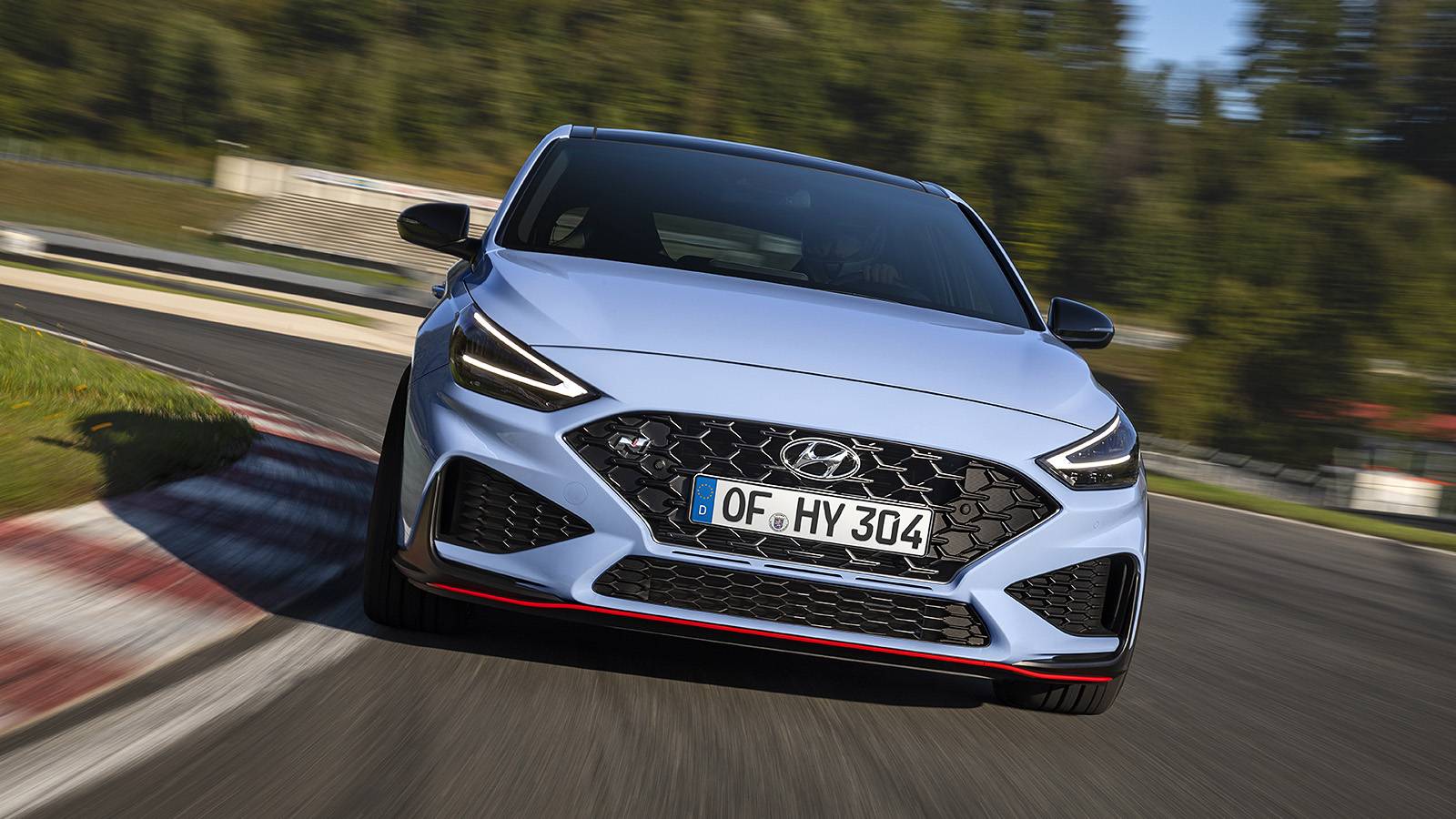
Small is beautiful
The Hyundai i20 N is in the same size category as the Honda City Hatchback, but with a good helping of punch.
This saucy subcompact gets a turbocharged 1.6-liter, twin-cam, 16-valve inline-4 gasoline engine producing 201 horsepower and 275 Newton-meters of torque. Available only with a 6-speed manual transmission, the i20 N can do 0 to 100 km/h in a claimed 6.7 seconds and has a top speed of 230 km/h.
Helped by its WRC pedigree, this little Hyundai weighs just 1,190 kg and gets a reinforced chassis and stiffer suspension. And peeking behind the gloss-black 18-inch alloy wheels are high-performance front brakes with 320-millimeter ventilated discs up front and 262-millimeter solid discs at the back.
Aiding the i20 N’s perky handling is a Mechanical Limited Slip Differential, along with a quicker steering rack.
Civic Type R killer?
The Honda Civic Type R FL5 has distinguished itself as one of the finest front-wheel-drive performance cars ever made.
And given that this super Civic has been a strong seller for Honda Cars Philippines Inc., Hyundai Motor Philippines may just rain on its parade with the car that started the N revolution – the Hyundai i30 N hatchback.
This ferocious five-door is the source of the Elantra N’s powertrain and is also available with either the 6-speed manual or the 8-speed DCT. Equipped with the latter gearbox and the Performance Package, the i30 N can do 0 to 100 km/h in just 5.4 seconds.
Helping put down all this power are an electronic limited-slip differential, a rear strut bar, lightweight seats, 19-inch alloy wheels, launch control and the N Grin Control System with five driving modes: Eco, Normal, Sport, N and N Custom. The i30 N is also the base car for the highly successful Hyundai i30 N TCR touring car.
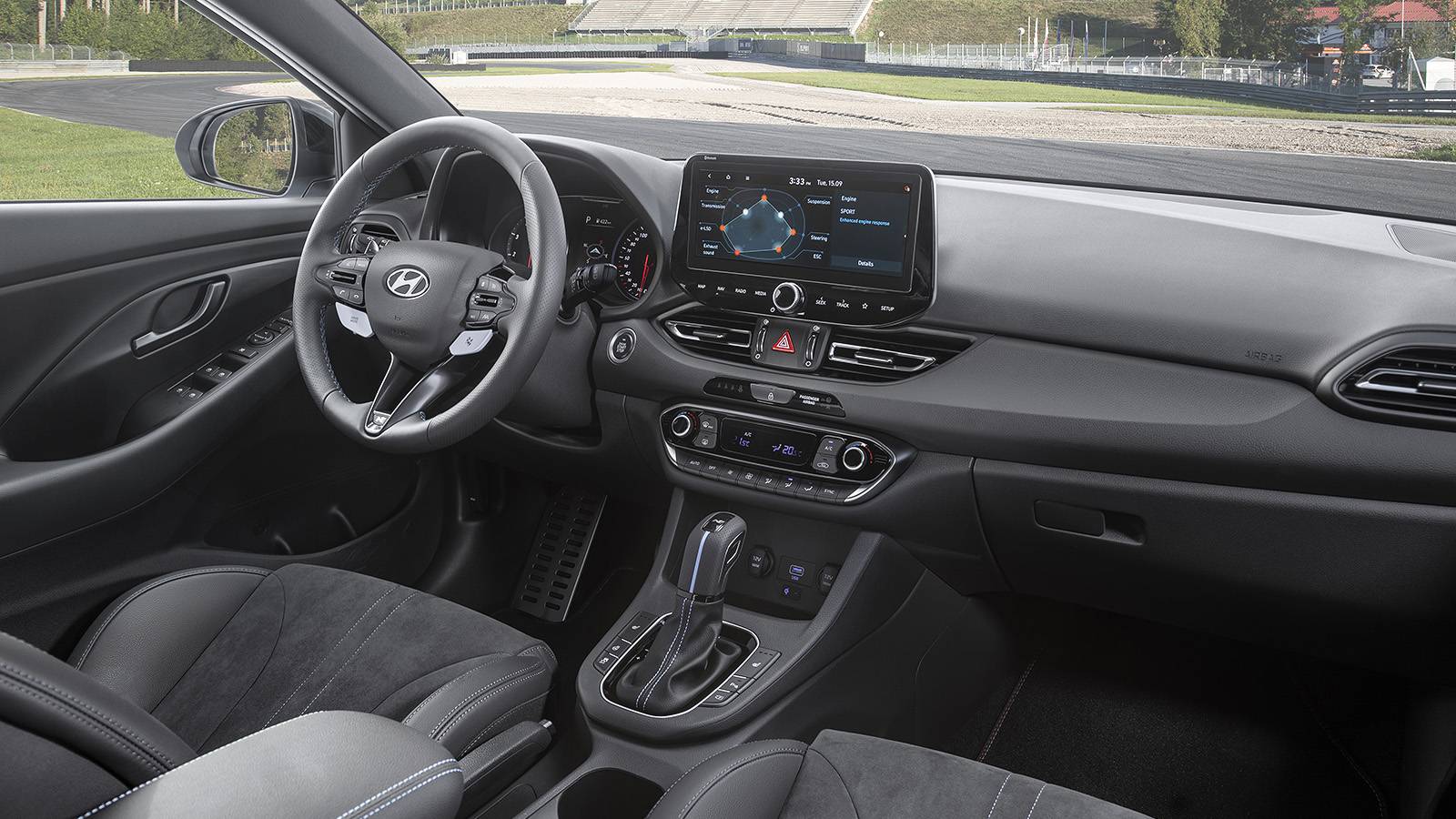
Hottest crossover
Crossovers are undeniably one of the world’s most popular vehicles on the market today.
When Hyundai Motor Philippines took over local passenger-car operations on June 2022, it focused on bringing in and selling a variety of stylish and practical crossovers like the Creta and Tucson. In fact, the Elantra N is the first four-door sedan that will be offered under this new management.
However, crossovers generally don’t get the high-performance treatment because of their taller and heavier bodies. But that certainly didn’t stop Hyundai Motors from creating the sensational Kona N.
Whereas the last Kona sold in the Philippines had a respectable 147 horsepower and 180 Newton-meter of torque from its naturally aspirated 4-cylinder engine, the Kona N wades into battle with the same turbocharged 2.0-liter inline-4 as the rest of the N lineup.
This means this subcompact crossover pushes out 276 horsepower and 392 Newton-meters of torque, mated solely to the 8-speed DCT. All this translates to a claimed 0 to 100 km/h time of 5.5 seconds.
As with the other N cars, the Kona N’s chassis has been stiffened with additional welding points and a modified strut ring structure. Performance goodies like the aggressive body kit, electronically controlled limited-slip differential, high-performance brakes and 19-inch forged alloy wheels make this crossover go like no other.
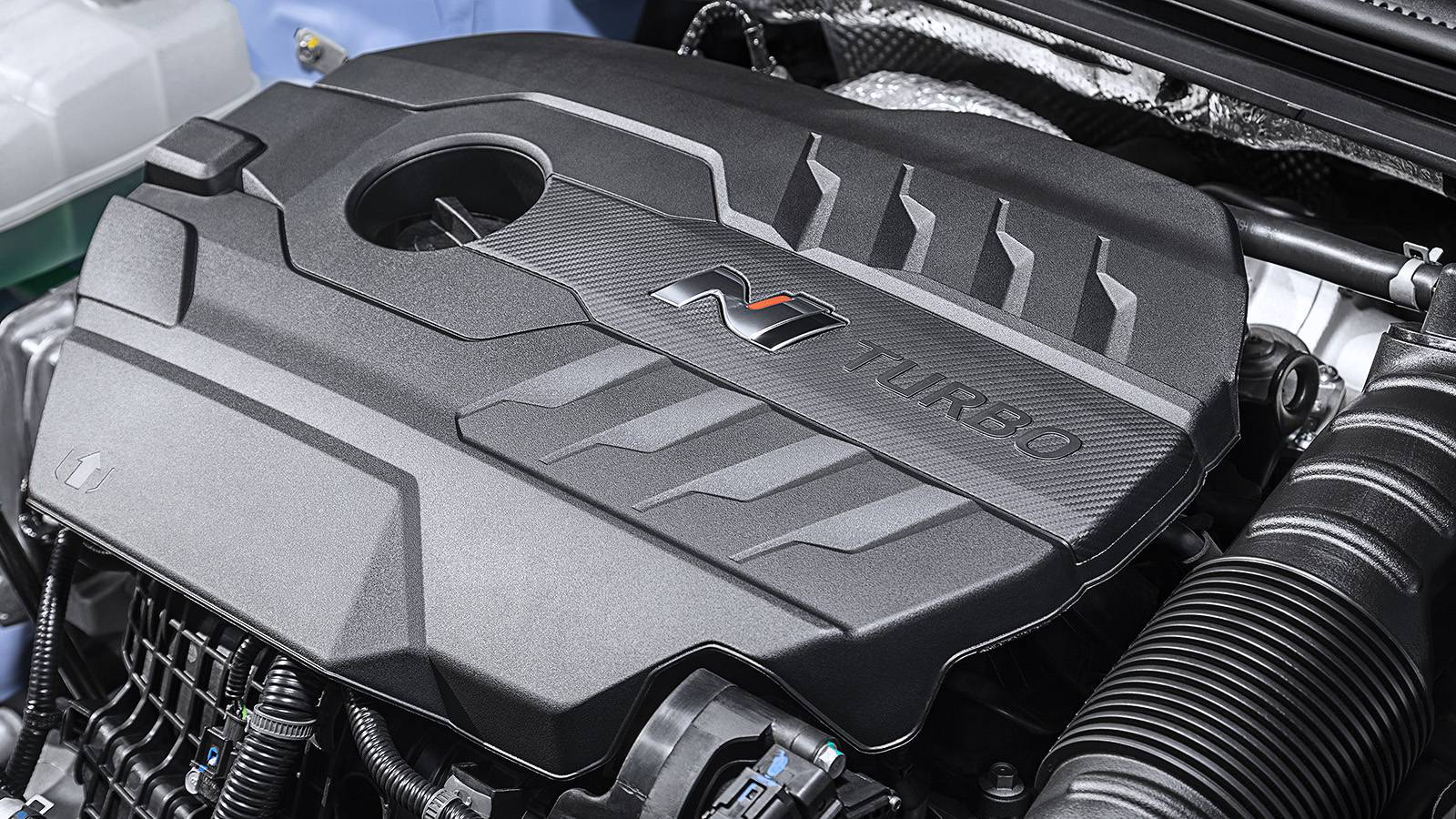
The 601-hp EV
The Hyundai IONIQ 5 is one of the most sophisticated electric vehicles (EV) on sale in the Philippines.
From its crisp, boxy styling to its clean and minimalist interior, everything about it points to the future of Hyundai Motors. And with the N treatment, this EV points to a future that includes truly breathtaking performance.
The IONIQ 5 N is by far and away the most Hyundai ever made – its 84-kWh lithium-ion battery and dual electric motors put out 600 horsepower and 740 Newton-meters of torque through all four wheels.
And if you use the N Grin Boost mode, the output temporarily jumps to 641 horsepower and 770 Newton-meters, providing a 0 to 100 km/h time of a supercar-level 3.4 seconds using the N Launch Control. Top speed is set to 260 km/h.
The IONIQ 5 N is also designed for those who want to go fast around the bends. Features like the electronic limited slip differential, N Drift Optimizer and 20-inch alloy wheels help this EV corner with lightning speed, whether you want to do it smoothly or completely sideways.
Other performance add-ons include the N Light Sport bucket seats and the N-Tuned high-performance brakes with N Brake Regen for maximum stopping power and battery recharging. The IONIQ 5 N can also charge from 10 to 80 percent in 18 minutes using a fast charger and has a claimed maximum range of 476 kilometers.
There’s even a full racing version called the IONIQ 5 eN1 Cup, which is around 71 millimeters lower and 250 kilograms lighter than the standard model. It is expected to starting competing this year in its own one-make EV series in South Korea.
Do you think Hyundai Motor Philippines should bring in these other “N-ticing” models?













